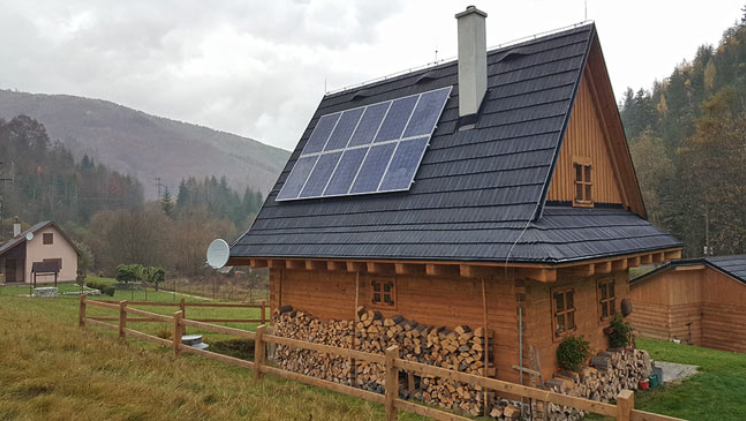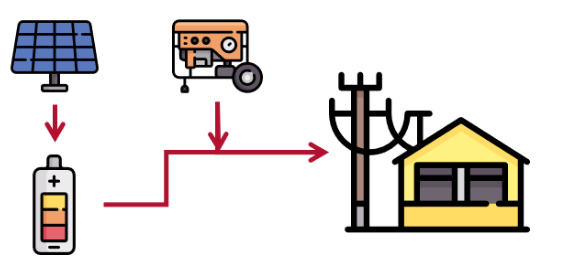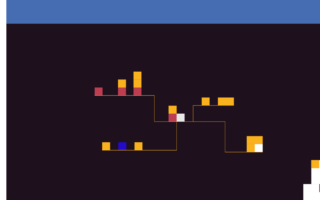What's
Electricity can be smart even in the lonely woods
Many people dream of escaping civilization and falling into the arms of nature, but life without electricity, even in the wild, is almost unthinkable for a modern person. It is becoming more common for forest dwellers to combine renewable sources of energy, such as photovoltaic panels, with batteries or fuel-powered generators to cover shortages. These generators damage the environment by polluting the air and creating a noise. How can we reduce our reliance on fossil fuels while retaining the comforts electricity provides?
Microgrids are the answer
To use energy more effectively and limit the use of fuel-powered generators in the natural environment, chalets and other recreational premises could be connected in an island microgrid. For several years, we have seen microgrids as the future of energy in Slovakia. They increase the energy autonomy of their members, make local energy production more economically viable and reduce the carbon footprint of energy production.

Intelligent management of electrical currents in a microgrid allows electricity produced around lunchtime by photovoltaic panels to be used efficiently throughout the entire day and meet all the needs of the chalet residents. Microgrids also allow storage batteries to be shared among several chalets.
Simulation of an Orava chalet district
To estimate how much energy could be saved using optimal management, we used a mathematical simulation of eight chalets in Orava, which are located several kilometres from the village and are not connected to the main grid. The chalets are only occupied a few days per year, and the residents use electricity for lighting, radios and fridges. Throughout the rest of the year, power is also needed to control the alarm and to run remote/temperature-controlled electrical heating.

The goal of the simulation was to achieve optimal energy distribution among the chalets, taking into account occupancy, the long-term needs of remote-controlled appliances and the weather forecast. Rather than triggering the fuel-powered generators, the simulation prioritized using energy from the batteries of nearby chalets that did not currently require electricity and could produce and store it using renewable sources until the owners’ next visit.
We implemented the simulation using SImulink. To optimize the flow of energy we used linear programming in Matlab. First we simulated the original scenario without optimized energy flow. We then optimized the flow and compared results between the two models. We simulated the microgrid over a four-week period. The results showed that if the chalets were only occupied for 3–7 days a month, the fuel-powered generators were completely unnecessary after energy optimization. When simulating an occupancy of 6–9 days a month, optimization reduced the use of fuel-powered generators by around 75%.
Further research into microgrid optimization
This encouraging example has motivated us to research more new approaches to intelligent microgrid management. Because microgrids can increase the share of electricity produced from renewable sources, they will likely become more common even within the main grid. Optimizing the use of locally produced energy is also important because unused surplus electricity can have a negative impact on the main grid. Microgrids also introduce new challenges. How will individual members of a microgrid share and trade their energy among themselves, with other microgrids or with the main grid.
We are currently investigating optimized energy storage systems in a microgrid connected to the main grid, which allow locally produced energy to be used more efficiently, bringing financial benefits for the members of the microgrid in the form of cheaper energy from renewable sources. The optimization will be based on predicting the energy production and consumption of individual microgrid members. Our next step in the intelligent microgrid management model will take into account energy trading among the members. We will provide you with the results of our research in future updates.


